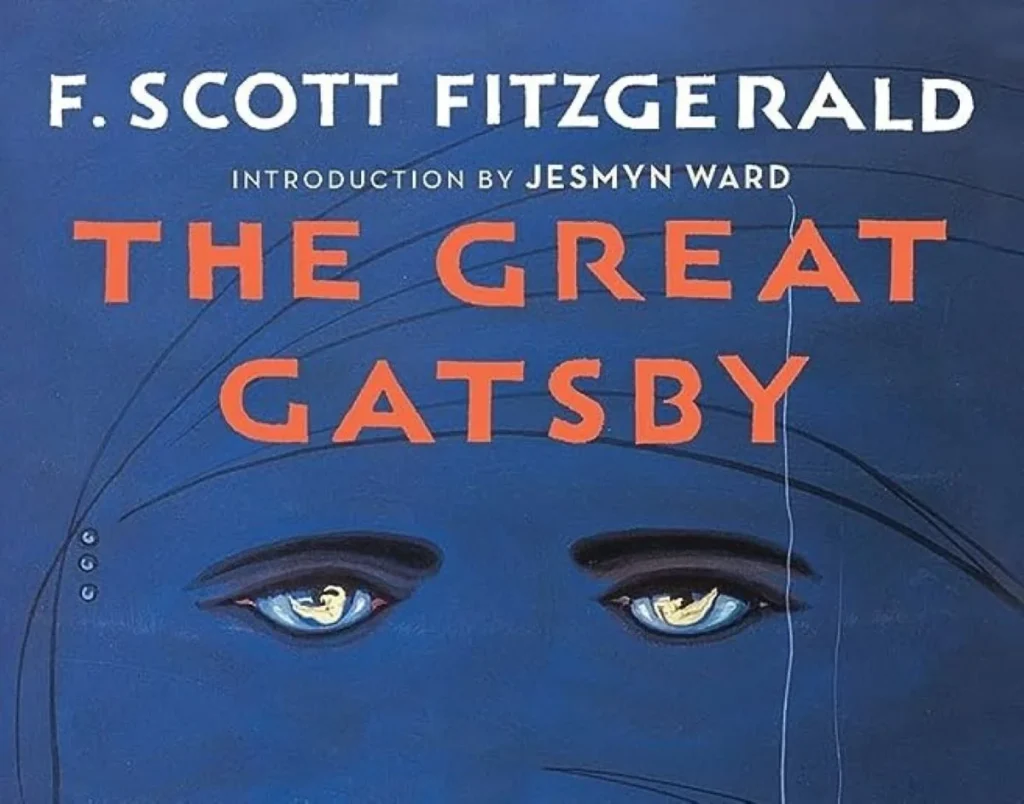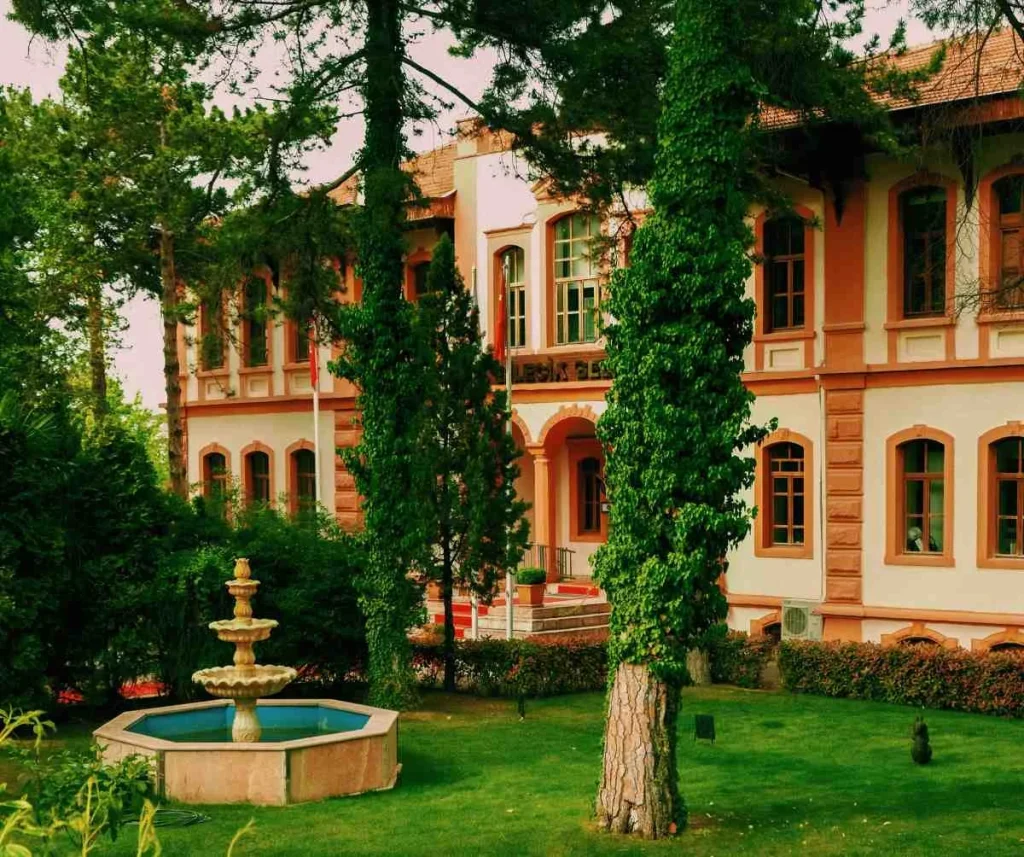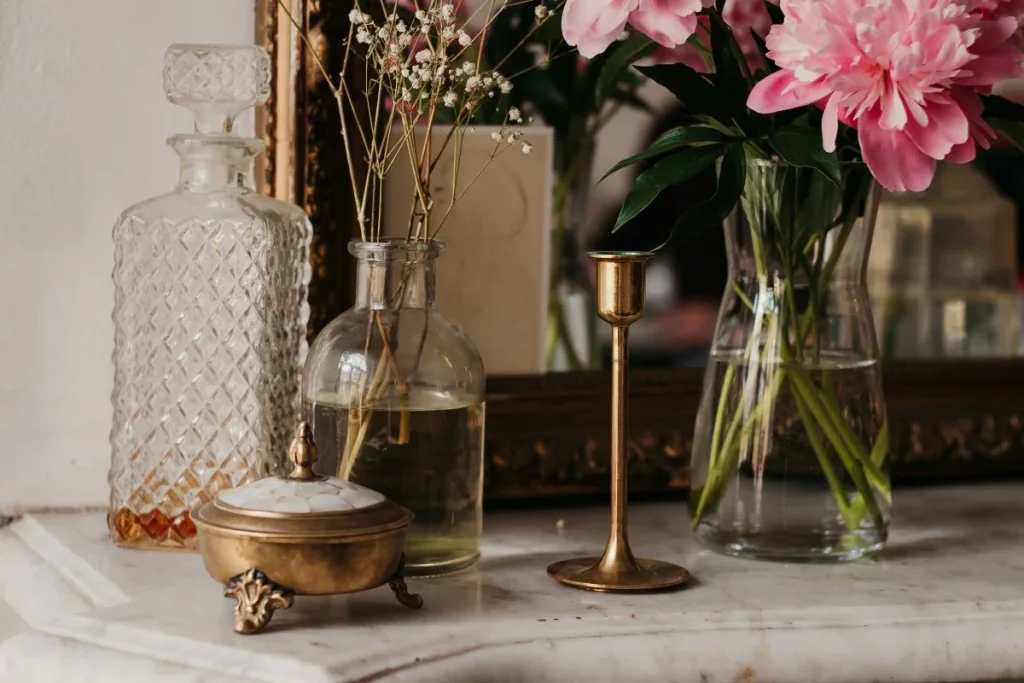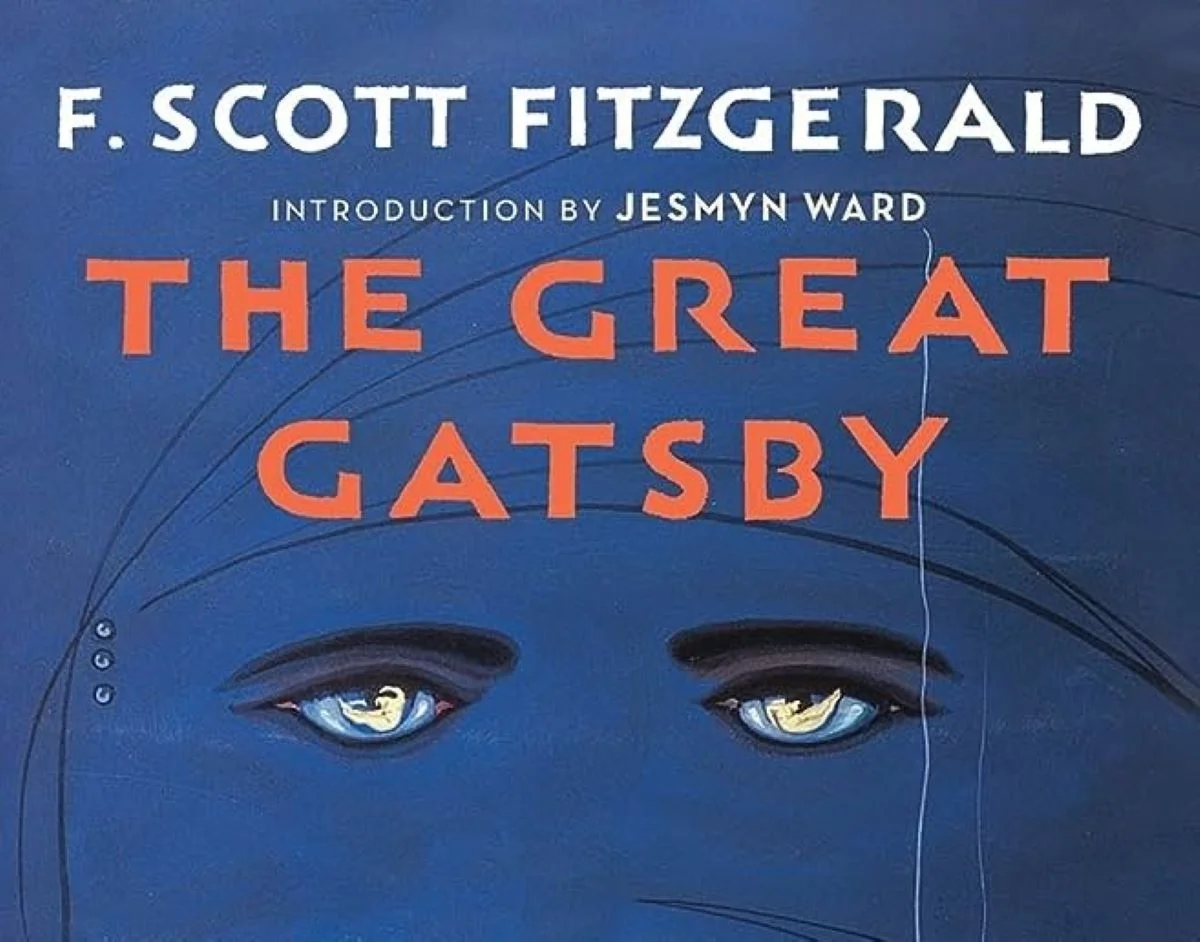photo from: amazon.com/Great-Gatsby-F-Scott-Fitzgerald
Few works in the history of literature have captured the appeal of affluent living as effectively as F. Scott Fitzgerald’s “The Great Gatsby.” Set against the backdrop of the Roaring Twenties, this timeless masterpiece not only dives into the complexities of human interactions but also paints a vivid portrayal of the opulent lifestyles maintained by the elite of that era. As we explore the novel’s decadent world, we will draw connections between the characters’ excess and the concept of a “premium house and lot,” demonstrating how Fitzgerald’s vivid writing expertly captured the essence of luxurious living.
What is “The Great Gatsby” About?
Before we begin to unravel how this literary classic embodies the spirit of luxury existence, we must first understand the story’s heart. “The Great Gatsby” is set in the summer of 1922 on Long Island’s North Shore, primarily in the fictional village of West Egg. The story is told through the eyes of Nick Carraway, a bond salesman who becomes involved in the lives of his strange and wealthy neighbors.

photo from: amazon.com/Great-Gatsby-F-Scott-Fitzgerald
Jay Gatsby, the title character, is a wealthy and enigmatic guy known for his spectacular parties and mysterious history. Daisy Buchanan, Nick’s cousin and a symbol of riches and beauty, captivates Gatsby. Daisy, on the other hand, is married to Tom Buchanan, a wealthy and conceited man. Gatsby’s obsessive pursuit of the American Dream, his unrequited love for Daisy, and the terrible consequences of his obsession are all explored throughout the novel.
The Enigmatic Gatsby Mansion: A Premium House and Lot

The novel’s major character, the enigmatic Jay Gatsby, personifies the most lavish manifestation of the American Dream. His mansion, a sprawling and extravagant estate nestled on the fictional West Egg, is the epitome of a “premium house and lot.” Gatsby’s mansion is a testament to the grandeur and excess of the Jazz Age, complete with manicured lawns, opulent gardens, and a façade that exudes wealth and sophistication.
Owning a lavish house and lot was a mark of success and status in the early 1920s. With its perfect construction and lavish interiors, Gatsby’s mansion represents the ideal of those who desire a life of excess. Fitzgerald portrays the estate in minute detail, leaving readers in awe of its grandeur, much as one may feel when entering a beautiful, high-end residence today.
The Allure of Lavish Parties: Luxury at its Finest
One of the most memorable aspects of “The Great Gatsby” is Jay Gatsby’s grandiose parties. These lavish parties, held at his huge estate, were legendary. Live jazz music, flowing champagne, and a sea of smartly dressed visitors were all part of the festivities. Attending one of Gatsby’s parties was like getting entry to a world of unrivaled luxury, similar to purchasing a ticket to an elite gala at a premium house and lot today.
The extravagance of the era was echoed in Gatsby’s parties, where attendees reveled in excess and luxury. The extravagant meals and high-end entertainment were evocative of the premium amenities and social gatherings that are frequently associated with luxury residences. Modern homeowners frequently employ elaborate celebrations to commemorate their luxury lifestyles, just as Gatsby’s parties were a way to demonstrate his wealth and bring attention to his premium house and lot.
The Symbolic Green Light: Aspiration and Longing

In “The Great Gatsby,” the green light at the end of Daisy Buchanan’s dock has symbolic significance. Gatsby links the green light, which he can see from his estate across the sea, with his unrequited love for Daisy. The green light becomes a symbol of his ambitions and his unwavering pursuit of the American Dream, which he believes is inextricably linked to Daisy and the life of luxury he seeks.
This connotation is similar to how people today see a high-end home and lot. It is a sign of achievement and the accomplishment of one’s aspirations, as well as a place to live. People strive to buy premium homes as a physical symbol of their successes and the life they aspire to lead, much like Gatsby’s dogged chase of his green light.
The Extravagant Wardrobes: High Fashion and Glamour
Luxury in “The Great Gatsby” extends beyond real estate to every aspect of the protagonist’s life, including their wardrobe choices. The novel’s characters are frequently depicted as wearing the best textiles, jewels, and accessories. Their clothes reflect the era’s opulence, similar to the high-end fashion collections associated with inhabitants of premium house and lot developments today.
The meticulous descriptions of the characters’ attire convey the same sense of grandeur and detail that is anticipated in today’s opulent living. The story reminds us that living a luxurious life is about more than simply the space one occupies; it is also about the smaller aspects, such as clothes, that add to an overall sense of extravagance.
The Illusion of Luxury: Gatsby’s Mysterious Wealth

Gatsby’s enigmatic fortune raises suspicions about the genuineness of his opulent lifestyle throughout the narrative. His expensive parties and mansion create an opulent illusion that conceals the truth about his past and the source of his fortune. This illusion shows how some people nowadays may portray themselves as living in luxury, even if their resources are not as substantial as they appear.
The narrative of Gatsby serves as a cautionary tale, warning us that the chase of material money and a luxury house and lot can often lead to the abandonment of genuine personal ties and happiness. Despite their extravagant displays of wealth, the novel’s characters are frequently disillusioned and unhappy.
The Tragic End: The Dark Side of Luxury
As “The Great Gatsby” draws to a close, it becomes clear that underlying the veneer of luxury and excess lurks a world of emptiness and tragedy. The characters’ constant quest of wealth and status leads to their demise, emphasizing the pitfalls of associating worldly achievement with a well-lived life.
This forewarning part of the narrative invites us to consider our own desires for luxury house and lot living. A luxury home can improve our quality of life, but it should not be our main measure of happiness. True fulfillment is found in meaningful relationships, personal progress, and a feeling of purpose, all of which are frequently overshadowed by the temptation of wealth and luxury.
Key Takeaways

F. Scott Fitzgerald’s novel “The Great Gatsby” is still regarded as a literary masterpiece, enthralling readers with its realistic depiction of opulent living during the Roaring Twenties. The novel offers a view into a world where the quest for a premium house and lot was synonymous with the American Dream, thanks to the spectacular parties, rich estates, and fascinating personalities.
It also serves as a warning, reminding us that true happiness cannot be found exclusively in material items. As we draw similarities between the characters’ search for grandeur and our modern desire for premium living, we must remember that genuine contentment comes from a mix of material comfort and the intangible components of life—love, meaning, and genuine human connections. This allows us to convey the essence of luxury living in a way that transcends ordinary extravagance, much like the enduring legacy of “The Great Gatsby” itself.
Related Blog: Leisurely Fine Living Beyond the Pines


